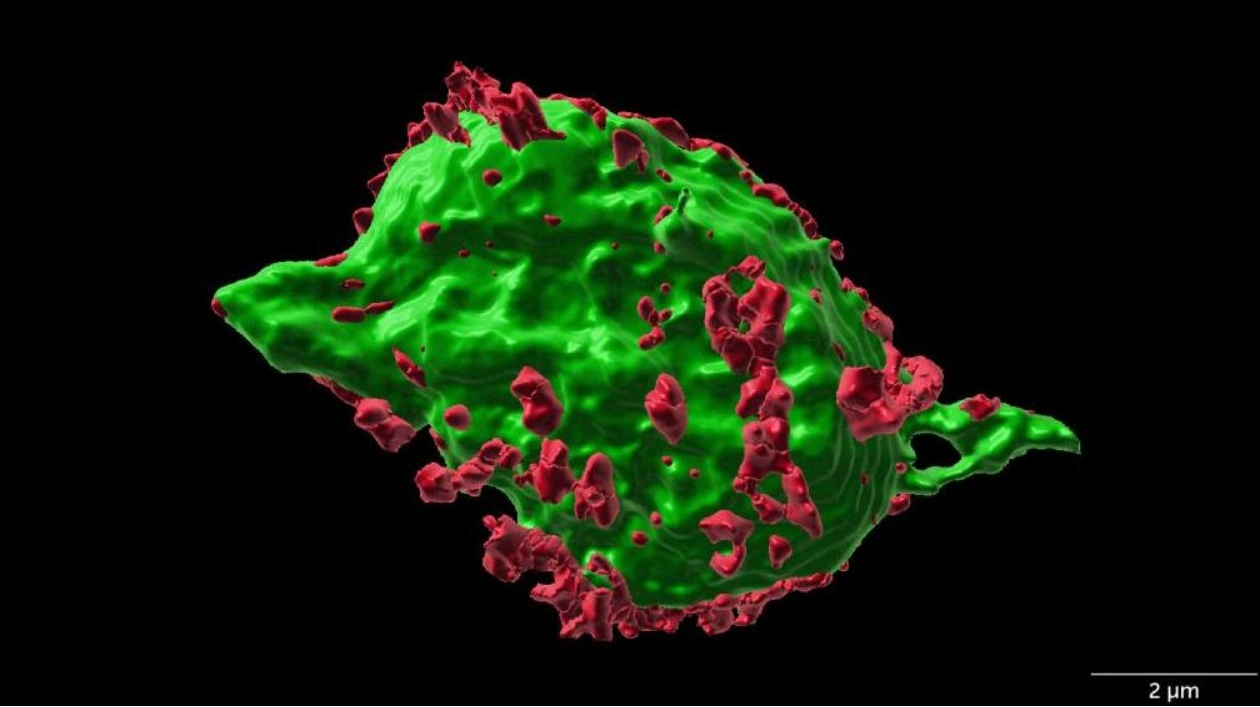Following a severe spinal cord injury, mice exhibit enlarged nerve cells. A study published on September 25 in Science Translational Medicine reveals that some of these swollen neurons persist longer than anticipated and eventually die. The research indicates that a drug capable of reducing this swelling enhances the mice's recovery, although its efficacy in humans remains undetermined.
Previously, the specifics of neuron swelling in spinal cord injuries were unclear, according to Bo Chen, a neuroscientist at the University of Texas Medical Branch at Galveston. 'We were unsure about the duration of the swelling or whether the cells would perish,' he explains. 'It was all conjecture.'
Chen and his team developed a method to observe these cells post-injury. This involved genetic engineering, transparent spinal cord tissue, and machine learning to analyze cell shapes. The study examined over 30,000 neurons across a 3-millimeter segment of the spinal cord in each mouse.
Inhibitory neurons, which suppress other cells' activity, swelled rapidly after injury, reaching their peak by day two and returning to normal size by day 14. In contrast, excitatory neurons, which enhance other cells' activity, ballooned and remained swollen for extended periods, some lasting up to 35 days. A higher number of these cells also died.
A drug known as bumetanide, used to treat edema in humans, reduced cellular swelling and subsequent cell death in mice. Mice treated with the drug after injury showed improved leg movement compared to untreated mice.
These findings underscore the significance of neuron swelling in spinal cord injuries. However, further research is necessary to determine how this process operates in humans and whether bumetanide could be beneficial, Chen notes.






